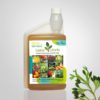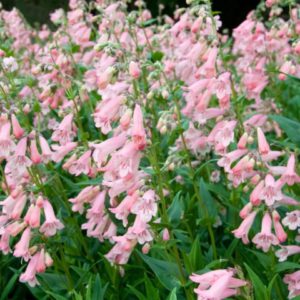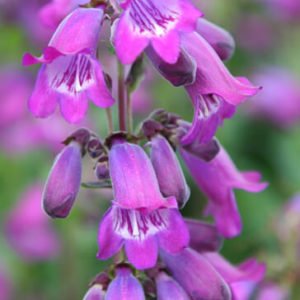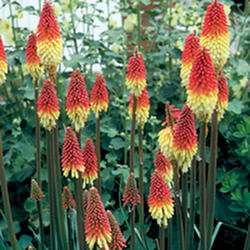Dryopteris erythrosora / Autumn fern
€9.50
Frequently Bought Together



Description
Common Name: Autumn Fern, Japanese Shield Fern
Botanical Name: Dryopteris erythrosora
Plant Type: Semi-evergreen fern
Mature Height: 45-60cm
Mature Spread: 45-60cm
Flowering Period: Non-flowering (spores produced June-September)
Flower Colour: N/A
Foliage: Copper-bronze young fronds maturing to dark green
Hardiness: RHS H5 (hardy in most of UK and Ireland)
Soil Requirements: Moist, well-drained, humus-rich soil
Aspect: Partial to full shade
Maintenance: Low
Description
Like burnished copper unfurling in woodland shadows, Dryopteris erythrosora brings extraordinary seasonal drama to gardens with its spectacular display of emerging fronds that glow with warm bronze and copper tones before maturing to lustrous dark green, creating one of the most captivating and colourful ferns for Irish shade gardens. This magnificent semi-evergreen fern captures the essence of ancient woodlands with its elegant, arching fronds that emerge in spring like glowing embers, each new growth displaying the most exquisite copper-bronze colouring that seems to light up the darkest corners of the garden.
Each graceful frond unfolds with perfect symmetry, revealing intricate pinnate leaves that create beautiful lace-like patterns against the woodland floor, whilst the remarkable colour transformation from copper-bronze to deep green provides months of ever-changing beauty. The substantial size and robust nature make this fern perfect for creating dramatic focal points in shade borders, whilst the semi-evergreen habit ensures year-round structure and interest.
The distinctive seasonal colour display makes this fern equally valuable in formal shade gardens and naturalistic woodland settings, thriving in the cool, moist conditions beneath trees and large shrubs. This exceptionally hardy variety tolerates a wide range of growing conditions whilst maintaining its spectacular colouring, making it one of the most reliable and rewarding ferns for Irish gardens.
Steeped in ancient woodland heritage, erythrosora combines outstanding ornamental value with exceptional garden performance and remarkable adaptability. Plant in drifts beneath deciduous trees to create stunning seasonal displays, or combine with spring bulbs and woodland perennials to create shade gardens of breathtaking beauty and timeless natural charm.
Caragh’s Garden Notebook
Plant in autumn or early spring in well-prepared, humus-rich soil enriched with plenty of leaf mould or well-rotted compost. Choose a sheltered position in partial to full shade with protection from strong winds and hot afternoon sun to preserve the delicate frond colouring. Space 60cm apart to allow for mature spread and natural colony formation.
Maintain soil fertility and moisture retention with generous annual mulching using leaf mould, bark chips, or well-rotted compost applied in spring. Ensure consistent moisture throughout the growing season, particularly during dry spells, as ferns require steady moisture to maintain healthy growth and vibrant colouring.
For container cultivation, use ericaceous or woodland compost in a substantial pot at least 40cm wide with good drainage but moisture retention. This variety makes an outstanding specimen for shaded patios and is particularly effective when combined with other woodland plants. Feed with general purpose liquid fertiliser monthly during the growing season.
Remove old, damaged fronds in late winter or early spring before new growth begins, cutting back to ground level to make way for the spectacular new copper-bronze emergence. Divide established clumps every 4-5 years in spring to maintain vigour and create new plants for extending woodland displays.
Water regularly during dry periods, particularly in spring when new fronds are emerging, as consistent moisture is essential for the spectacular colour development. The shallow root system benefits from deep, infrequent watering and permanent mulching to maintain cool, moist conditions around the crown.






